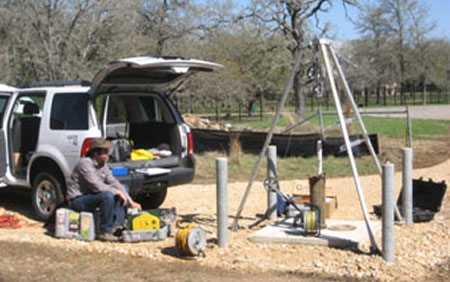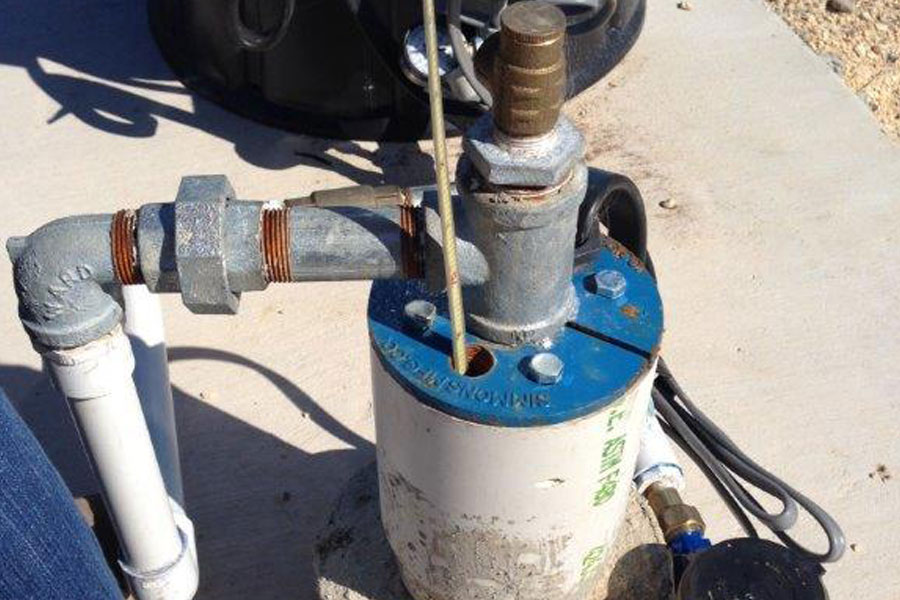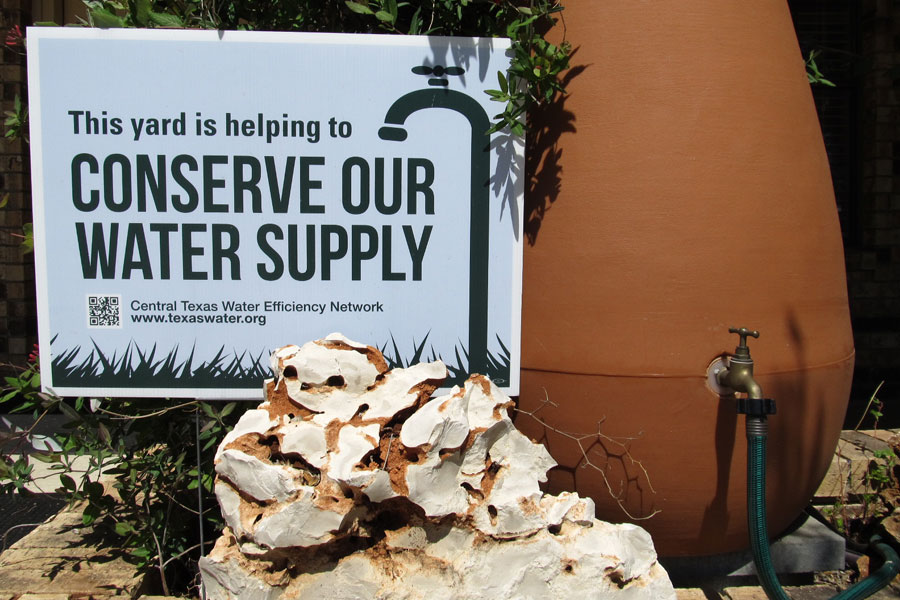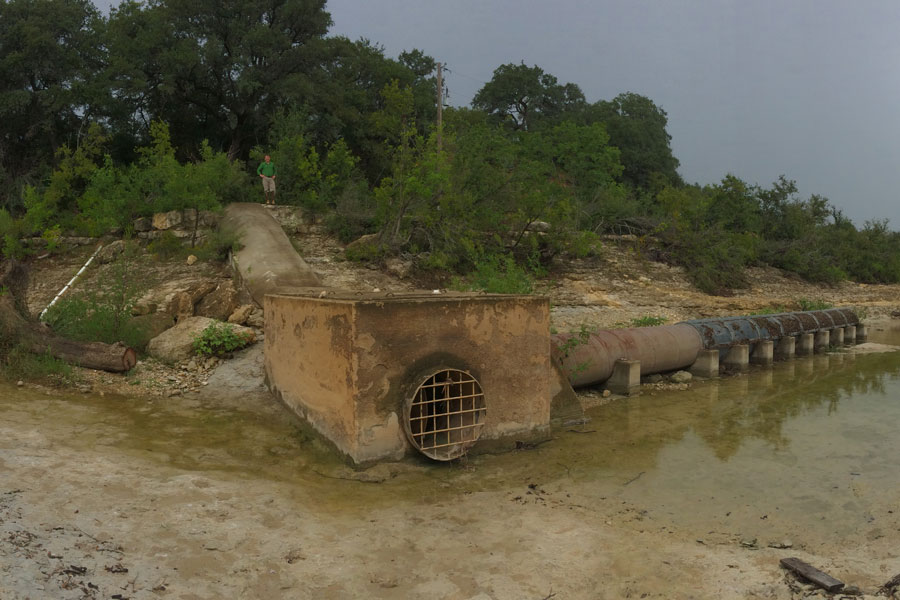Updated Hydro Zones Map
Posted by Robin H. Gary and Brian Hunt on October 9, 2014
The Edwards Aquifer is a complex groundwater system. Research continues to refine what we understand about aquifer dynamics, water quality, and flow regimes. Recently, groundwater traces and groundwater chemistry studies in our area have changed how we view the District hydro zones. Each hydro zone plays a different role in aquifer function and dynamics (More Info).
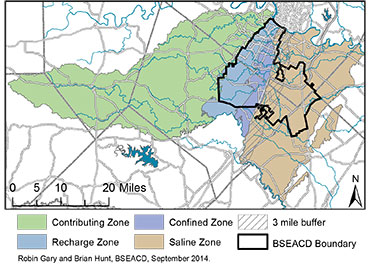 Groundwater traces use a non-toxic dye to determine flow paths in an aquifer. Traces have found that water from the Blanco River makes its way into the groundwater system and to Barton Springs. During low flow conditions (drought), the Blanco is a significant source of recharge for both the San Antonio and the Barton Springs segments. The hydro zone maps have been revised to include the Blanco River watershed. Virtually all of the Blanco watershed is outside the District’s boundary, but as an educational tool and in scientific studies it is important to be able to represent all contributing areas.
Groundwater traces use a non-toxic dye to determine flow paths in an aquifer. Traces have found that water from the Blanco River makes its way into the groundwater system and to Barton Springs. During low flow conditions (drought), the Blanco is a significant source of recharge for both the San Antonio and the Barton Springs segments. The hydro zone maps have been revised to include the Blanco River watershed. Virtually all of the Blanco watershed is outside the District’s boundary, but as an educational tool and in scientific studies it is important to be able to represent all contributing areas.
Recent groundwater chemistry analyses of wells have allowed for refinements to the freshwater/saline-water interface. Total dissolved solids (TDS) is a measure of water salinity and reflects the amount of dissolved minerals in units of milligrams per liter (mg/L) or sometimes as parts per million (ppm). Water with less than 1,000 mg/L (or ppm) is considered fresh and generally does not need treatment and is suitable for most uses. Brackish groundwater generally describes water with 1,000 to 10,000 mg/L TDS. This interface has relevance to well construction standards, future water availability projects (aquifer storage and recovery, Desal), karst speleogenesis and groundwater flow (hypogene processes) in addition to groundwater management. The interface delineation was refined using published data and field measurements to better represent actual water quality within the aquifer.

